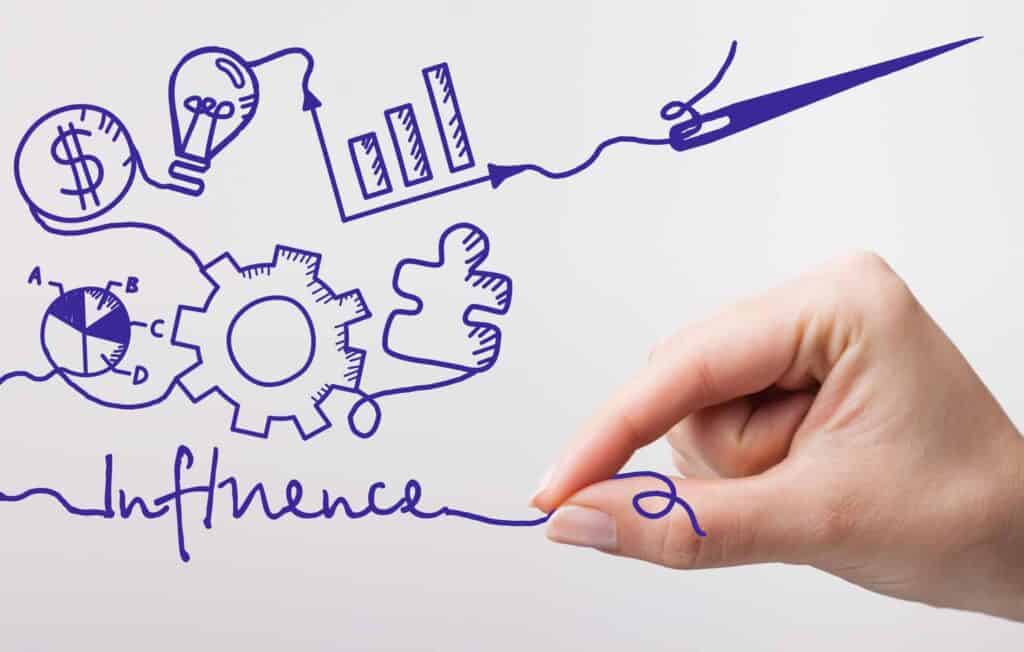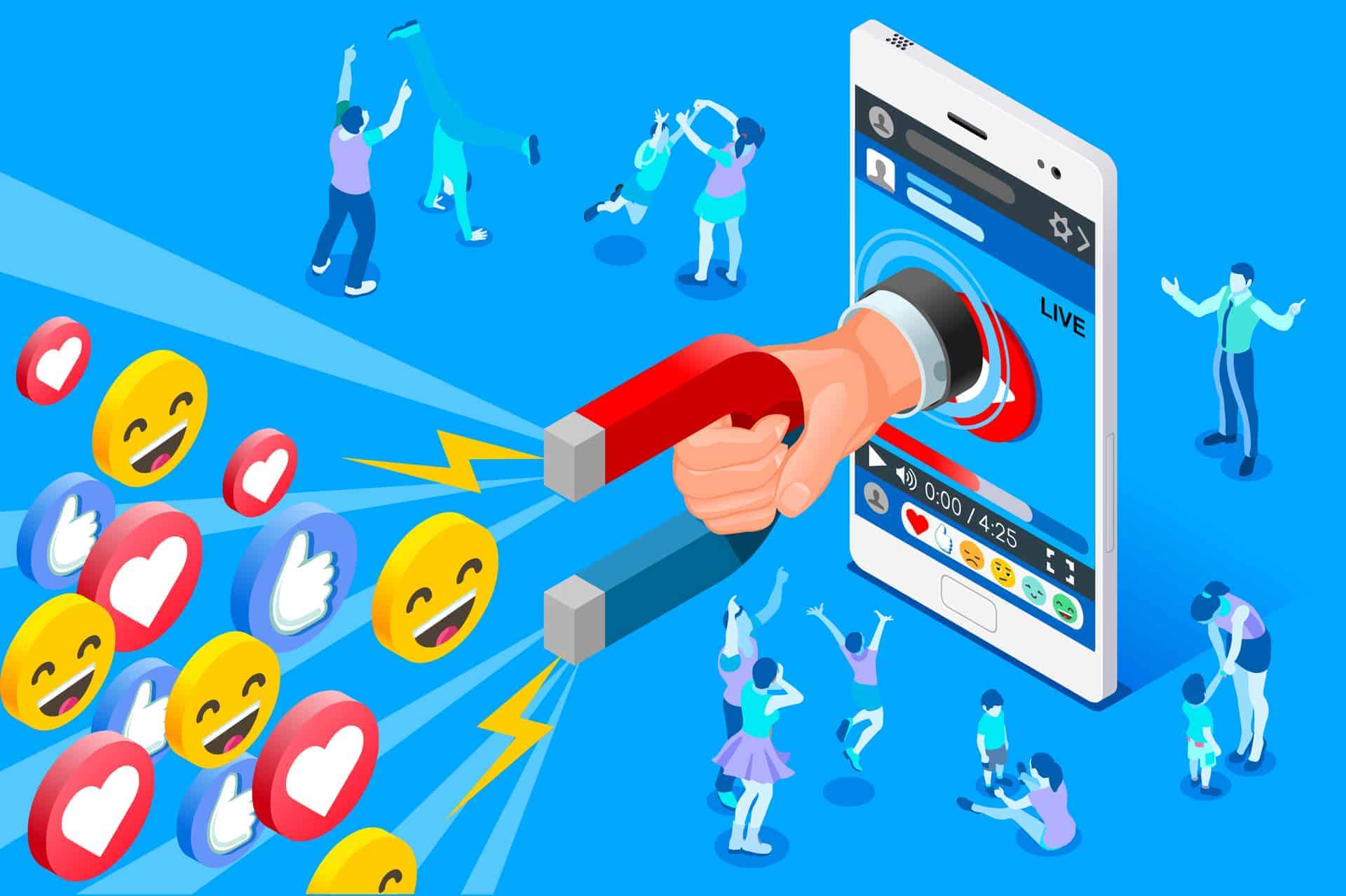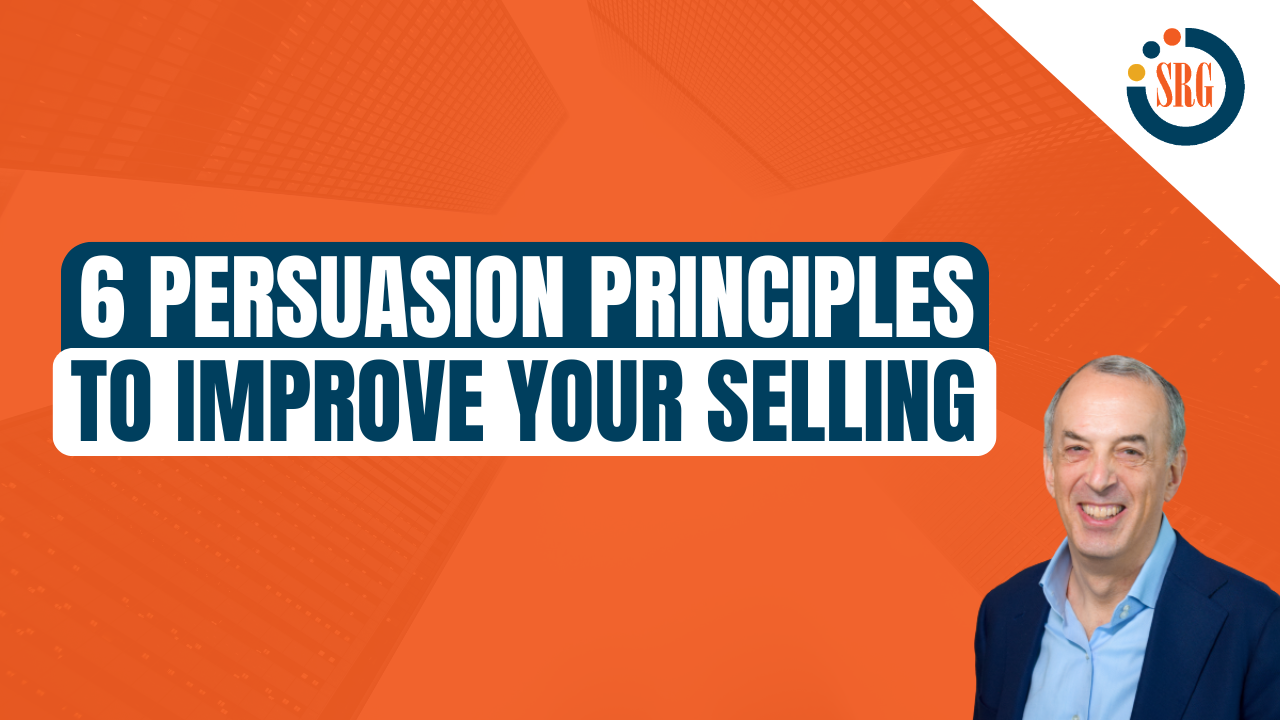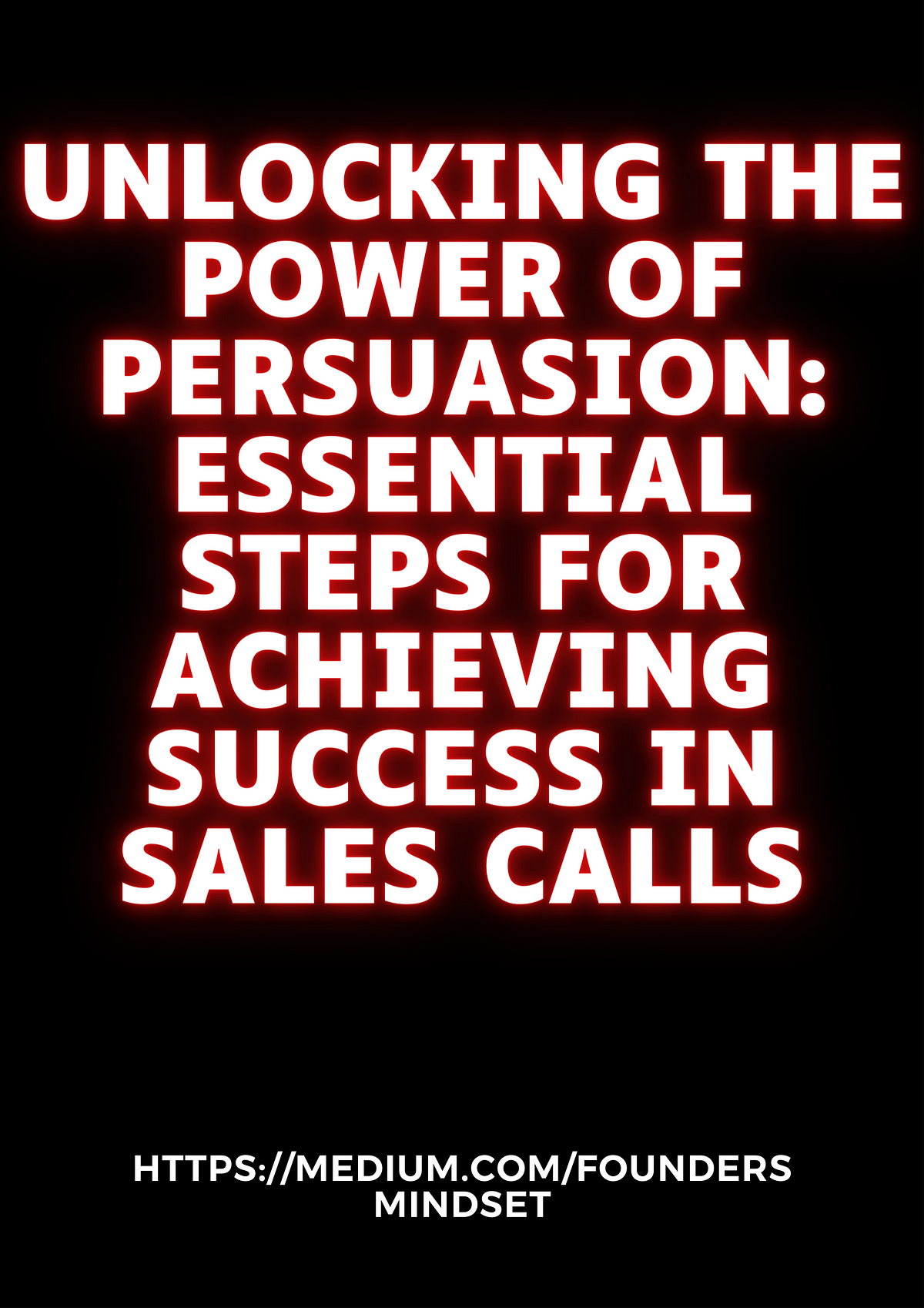Unlocking the Power of Persuasion: How to Sell Your Product or Service with Confidence

Imagine this: you’ve poured your heart and soul into crafting a product or service, something you believe in deeply. It solves a problem, fulfills a need, and brings joy to people’s lives. Now, the challenge lies in conveying this passion to potential customers, turning them from curious onlookers into enthusiastic buyers.
This is where the art of persuasion comes in. It’s not about manipulation or empty promises; it’s about understanding your customer’s needs and desires, and then presenting your product or service as the perfect solution.

To effectively communicate the value of your offering, you need to focus on highlighting the most important features and benefits. This is where I come in, as your expert guide in the world of design and communication.
First, let’s define the difference between features and benefits:
- Features: These are the tangible aspects of your product or service. They describe what it is and what it does. Think of them as the ingredients of a delicious dish.
- Benefits: These are the intangible outcomes your customer experiences by using your product or service. They describe how your offering improves their life. Think of them as the taste and satisfaction of the dish.


Here’s a simple example:
- Feature: A coffee machine with a built-in grinder.
- Benefit: Enjoy freshly ground coffee every morning, saving time and effort.


To understand which features and benefits are most important to highlight, we need to understand your ideal customer:

- Who are they? What are their demographics, interests, and pain points?
- What are their motivations? What are they looking for in a product or service?
- What are their objections? What are their concerns or doubts about your offering?


Once you have a clear understanding of your ideal customer, you can start to identify the features and benefits that will resonate with them most.

Here are some key areas to focus on:
1. Solving Pain Points:
- Identify the problems your product or service solves. This is the most powerful motivator for purchase.
- Use strong language to describe the pain point. For example, instead of saying "Our product saves time," say "Our product eliminates the frustration of spending hours on tedious tasks."
- Offer a solution that resonates with their specific needs. For example, if you are selling a time-saving product, highlight how it will allow your customers to spend more time with their families.


2. Highlighting Unique Value:

- What makes your product or service different from the competition? Focus on your unique selling proposition (USP).
- Emphasize the key features that provide tangible benefits. For example, if you offer a durable product, highlight its long lifespan and warranty.
- Showcase your expertise and experience. This builds trust and credibility.
3. Appealing to Emotions:
- Connect with your customer’s emotions. People make decisions based on how they feel.
- Use evocative language and imagery to create a positive association with your product or service. For example, if you are selling a luxury item, use language that evokes feelings of sophistication and exclusivity.
- Tell a story that resonates with their values. This helps them connect with your brand on a deeper level.
4. Providing Social Proof:
- Showcase positive reviews and testimonials. This builds trust and credibility.
- Highlight awards and recognition. This demonstrates your product or service’s quality and value.
- Use case studies to show how your product or service has helped others. This provides tangible evidence of its effectiveness.
5. Offering a Clear Call to Action:
- Tell your customers what you want them to do. Make it easy for them to take the next step.
- Use strong verbs and create a sense of urgency. For example, instead of saying "Learn more," say "Get started today!"
- Offer incentives and special promotions. This can encourage immediate action.
Remember, the key to effective communication is to focus on your customer’s needs and desires. By highlighting the features and benefits that are most relevant to them, you can create a compelling message that persuades them to choose your product or service.
Here are some examples of how to apply these principles to different types of products and services:
Example 1: A Time-Saving App for Busy Professionals
- Pain Point: Busy professionals are constantly juggling work and personal life, leaving them feeling overwhelmed and stressed.
- Benefit: Our app helps you streamline your workflow, freeing up valuable time for the things that matter most.
- USP: Our app is designed with a user-friendly interface and powerful features that make it easy to manage your tasks and appointments.
- Emotional Appeal: Imagine having more time to spend with your family, pursue your passions, and enjoy life to the fullest.
- Call to Action: Download our app today and start reclaiming your time!
Example 2: A Sustainable Clothing Brand
- Pain Point: Consumers are becoming increasingly aware of the environmental impact of fast fashion.
- Benefit: Our clothing is made from sustainable materials and produced ethically, minimizing our footprint on the planet.
- USP: We use recycled fabrics, organic cotton, and eco-friendly dyes to create stylish and durable clothing.
- Emotional Appeal: Make a conscious choice to support sustainable fashion and protect our planet for future generations.
- Call to Action: Shop our collection today and join the movement for a more sustainable future!
Example 3: A Home Renovation Service
- Pain Point: Homeowners are often overwhelmed by the complexities of renovation projects.
- Benefit: Our team of experienced professionals takes care of everything from design to construction, making your renovation stress-free.
- USP: We offer a comprehensive range of services, including architectural design, interior design, and construction management.
- Emotional Appeal: Imagine creating the home of your dreams, a space that reflects your unique style and meets your needs.
- Call to Action: Contact us today for a free consultation and let us help you transform your home!
By understanding your ideal customer and focusing on the features and benefits that matter most to them, you can create a compelling message that will resonate with them and drive sales.
Remember, the key to success is to be authentic, transparent, and genuinely passionate about your product or service. When you believe in what you are offering, it will show in your communication and inspire others to believe in it too.

